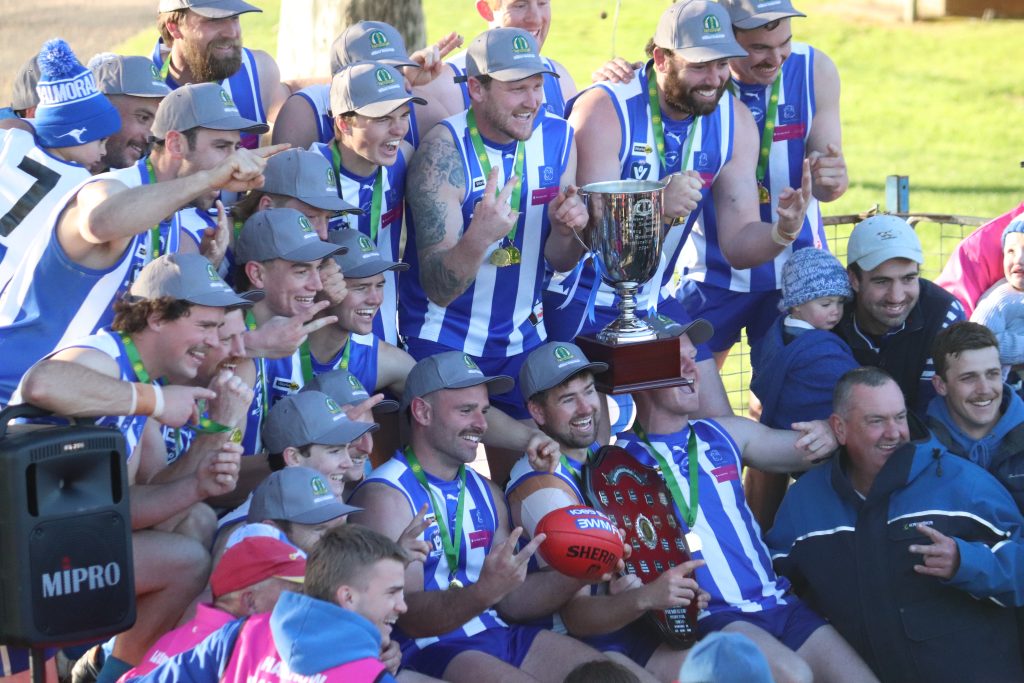It’s a cold and wet winter’s night in Bendigo. An Australian volleyball champion walks into her local stadium for her weekly training session in preparation for the national championships, only for training to be cancelled again. The leaking stadium roof has flooded the wooden floorboards and made conditions unsafe.
It’s the reality for former volleyball player and AFLW footballer Eliza Hynes, who says there needs to be better care to support regional athletes. Especially when they have to deal with poor local facilities and extensive travel. She believes local training camps are a great way of training without having to allocate several days to travel.
“They [training camps] give the opportunity for the traveller to plan a rest period where they are not required to travel,” she tells upstart.
According to the Australian Institute of Sport (AIS), children aged 0-14 are less likely to participate in organised outside-of-school hours sport or physical activity when they live in a remote or regional area.
AusPlay survey data from 2021 shows that 82 percent of adults in major cities participated in at least one sport per week, while those in regional areas were 14 percent less likely to participate. But data shows that children in regional areas have a participation rate of 81 percent, greater than the 73 percent of children who play sport in metropolitan areas.
This shows that participation in regional areas is strong through the junior ranks but as children grow older, they face barriers which prevent them from staying involved in organised sport. Whereas people who live in metropolitan areas are more likely to be retained as they are able to progress through the elite pathways of their respective sports with greater access to first-class facilities.
And regional athletes like Hynes who do play organised sport, and have continued to play to a high level, face barriers like high travel demands, low participation rates and the lack of facilities in comparison to those in metropolitan areas.
Hynes says she hasn’t seen much of an increase in the number of facilities in her area, which has left regional athletes with demanding travel schedules. Her local volleyball team, the Phantoms Volleyball Club represents Ballarat, Bendigo, Horsham and Mildura, and spread their home games across different towns. However, they are forced to travel to Dandenong for their away games, which is more than a two-hour drive.
“I believe they [the players] could be subsidised by the league to cover some travel costs at a minimum and perhaps another rural team could enter the league and cover another area,” she says.
Patrick French is an Australian Paralympic archer who lives in the small town of Romsey, Victoria. French says that due to the lack of facilities and training centres within a drivable distance, he was forced to practice for the Paralympics out of his own house, even resorting to a shed he owns in a nearby town.
“As I moved through the pathway’s programs, the requirements for needing to travel to train just increased exponentially,” he tells upstart.
After a work accident in 2015 left French paralysed from the legs down and with an acquired brain injury at just 22 years old, the burden of travel became heavier. He now requires medication for his injury which makes long distance travel particularly difficult.
“I worry about bringing all the medical supplies I’m going to need, [and] the stress of forgetting something,” he says.
When comparing Australia’s sport to other successful countries in international games like the Olympics or world championships, the United States leads the way. The US college system includes sports like football, basketball, American football, gymnastics and volleyball. There are college options in every state across the country which means young regional athletes can make an easy decision without worrying about significant travel.
It uses the National Collegiate Athletics Association (NCAA) system which contains three main divisions of sport, with the top one including more than 350 different sports. Applying a similar system in Australia could be a successful way for schools to make profit while offering great facilities for young athletes across regional areas.
Former Australian Paralympic medallist Shelley Matheson was still in school when she was forced to travel two hours to train and play wheelchair basketball in Melbourne. Matheson attended high school in Melbourne before making the move to the University of Illinois to further her basketball, winning a national championship in 2009. She has experienced the major differences between the elite level pathways in both countries.
“The amount of programs, the options and the money involved in college sports, we’ve got nothing that compares,” she tells upstart
“All my training had to be in Melbourne, so in my last years of high school, I was coming to Melbourne every night.
“I just remember the number of hours I wasted in the car, and I was so lucky that my family could support that, but not everyone could do that.”
The 2026 commonwealth games were set to provide better facilities across regional Victoria with $2.6 billion allocated for the 12-day sporting event. But the Victorian Government cancelled those plans as projected costs spiralled out of control.
Matheson has now returned to her hometown shifting her focus towards growing wheelchair basketball for people with disabilities.
“I’m going to try and give Bendigo what I didn’t have when I was growing up,” she says.
Article: Cooper O’Brien is a second-year Bachelor of Media and Communications (Sports Journalism) student at La Trobe University. You can follow him on Twitter @cjob05
Photo: Aussie Gilder player Shelley Chaplin in July 2012 in Sydney by Laura Hale is available HERE and is used under a Creative Commons License. This image has not been modified.






